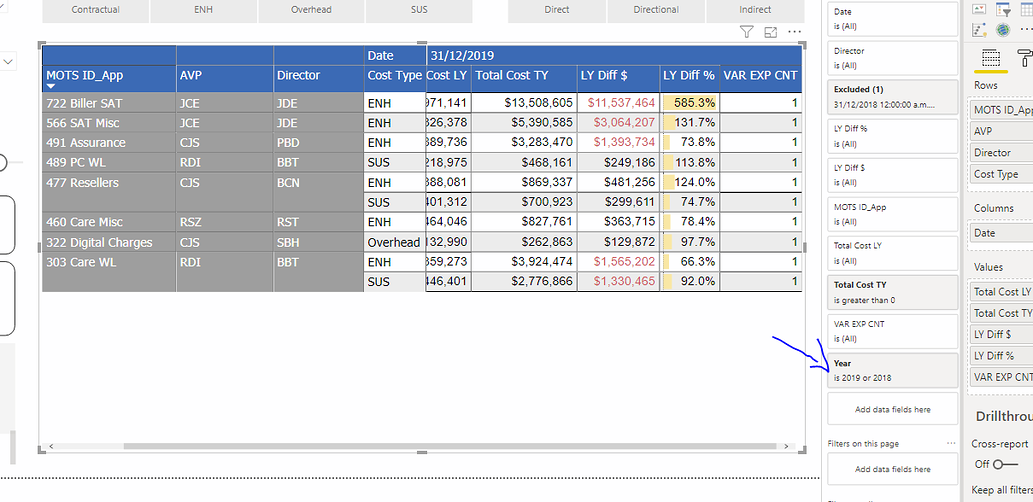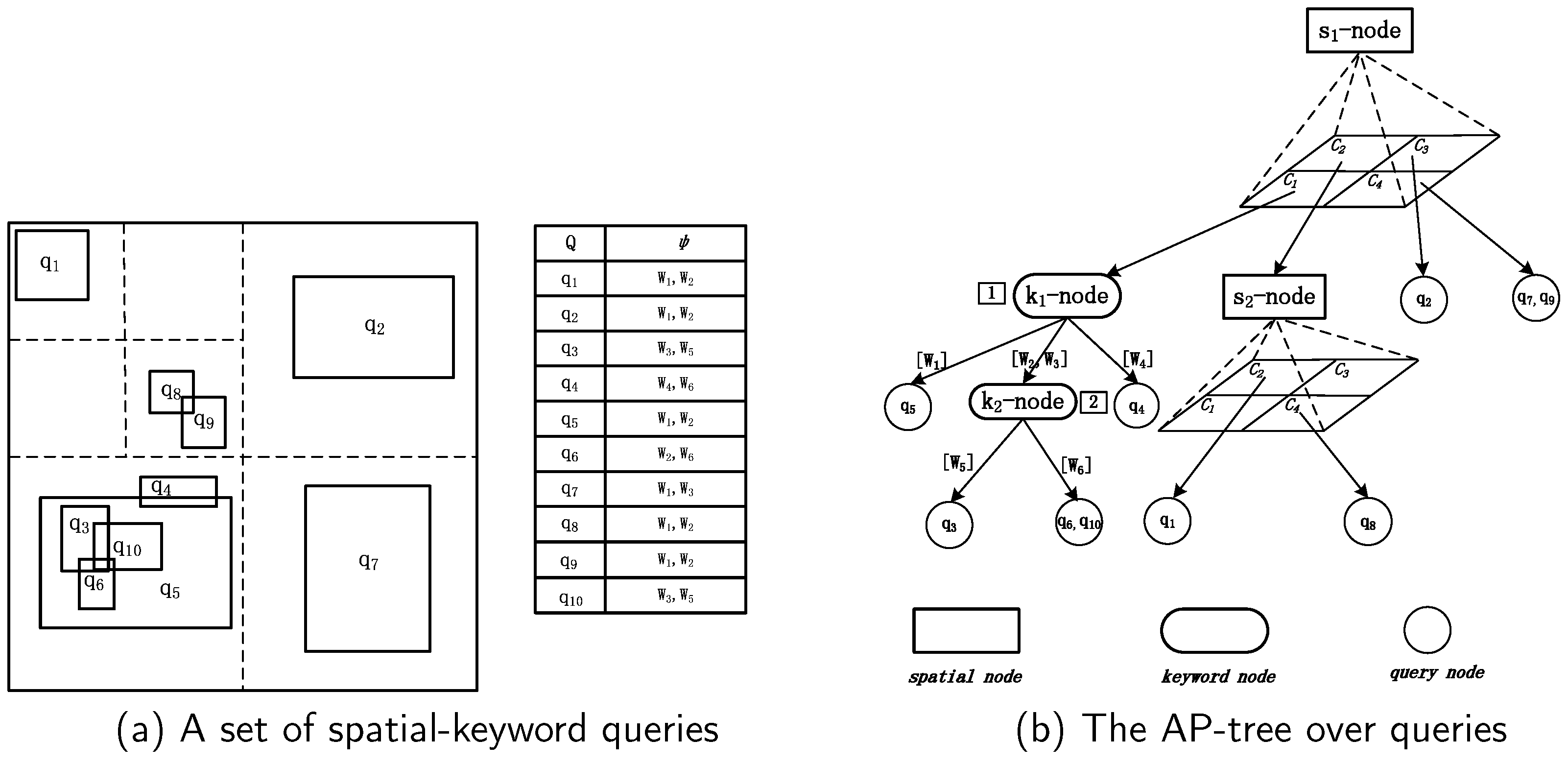

The global average (taken over the whole data set), keeping only the rows with In the ungrouped version, filter() compares the value of mass in each row to With the grouped equivalent: starwars %>% group_by ( gender ) %>% filter ( mass > mean ( mass, na.rm = TRUE ) ) Compare this ungrouped filtering: starwars %>% filter ( mass > mean ( mass, na.rm = TRUE ) ) This will be the caseĪs soon as an aggregating, lagging, or ranking function is Yield different results on grouped tibbles. There are many functions and operators that are useful when constructing theīecause filtering expressions are computed within groups, they may

Reason, filtering is often considerably faster on ungrouped data. Operation on grouped datasets that do not need grouped calculations. However, dplyr is not yet smart enough to optimise the filtering It can be applied to both grouped and ungrouped data (see group_by() and The filter() function is used to subset the rows of Rows are a subset of the input, but appear in the same order. Is recalculated based on the resulting data, otherwise the grouping is kept as is.Īn object of the same type as. preserve = FALSE (the default), the grouping structure Only rows for which all conditions evaluate to TRUE are kept. If multiple expressions are included, they are combined with the & operator. Logical value, and are defined in terms of the variables in. dataĪ data frame, data frame extension (e.g. This is how we can read the filtered data stored in the MySQL tables using the WHERE clause.Filter (. = It checks whether the value of the left operand is greater than or equal to the value of the right operand. > It checks whether the value of the left operand is greater than the value of the right operand. != It checks whether the values of the two operands are not equal. = It can be used to check if the values of the two operands are equal or not. The comparison will be done using the given value and the values stored in the table column. We can use the below-listed operators to perform comparisons while applying the filter conditions. We can also use the keywords IN and NOT IN to restrict the column values to a set of values. The keywords AND and OR can be used to apply multiple conditions. We can specify either single or multiple conditions to filter the results. We can filter the resulted query set returned by the select query using the WHERE clause.

The MySQL command SELECT can be used to read rows or data from the given table name where the select expression and name of the table is mandatory. In case you are remotely logged in to the database, you will also need the SELECT privilege for the table in order to read the rows from a table. The WHERE clause can be used to read filtered rows from a table based on the given conditions. We can also specify multiple conditions using the keywords AND, OR. We can filter the rows using the WHERE clause by specifying the filter condition. In several situations, we need to filter the resulted rows to get the limited rows meeting certain conditions.

The SELECT command returns all the rows in a table unless we specify the limit as shown in the previous tutorial examples. In the previous tutorial, we have discussed the SQL queries to fetch the rows or read data from a table in MySQL.
How to filter rows in transcad series#
This tutorial is part of the series Learn Basic SQL Queries Using MySQL.


 0 kommentar(er)
0 kommentar(er)
